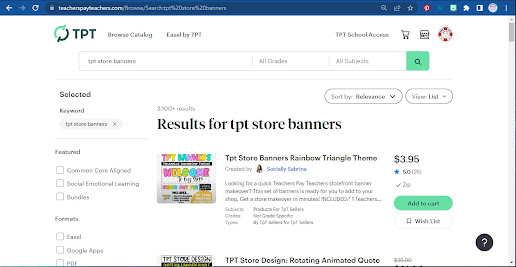Factoring With a Graphing Calculator
I have a confession to make.
My graphing calculator comes with a bunch of powerful features I've never used.
There, I said it! I feel better.
The good news is, there are a bunch of resources online to help.
The two heavyweights are Texas Instruments and Desmos, and both have amazing free resources for educators.
Let's start with TI. In addition to an entire educational hub available on their website, they have downloadable activities for the classroom, professional development webinars, and electronic versions of their product manuals, all free. Because TI calculators are ubiquitous in most of the classrooms I've been in, these resources can really save time and help students focus on the calculator instead of other devices. Nice!
Desmos has built their platform around a mission to improve mathematics education for everyone, and their commitment to equity shines through in everything they do. I love their teacher dashboard, where you can browse learning activities and even create your own. I've used their activities in the classroom with students, and I love the features they've built to help students explore math concepts.
Now, having said all that, I do know a little about my calculator and if you are teaching factoring of quadratic trinomials, you and/or your students might benefit from this short video I put together on the concept.
I demonstrate how to factor a quadratic trinomial where a = 1, as well as how to use the calculator to not only generate all the factor pairs for a number, but also add the factors automatically. I hope you find it useful.
Also: if you are teaching a unit on quadratics, you might find my new X-Puzzle and Parts of a Parabola resources helpful with your students.



Comments
Post a Comment